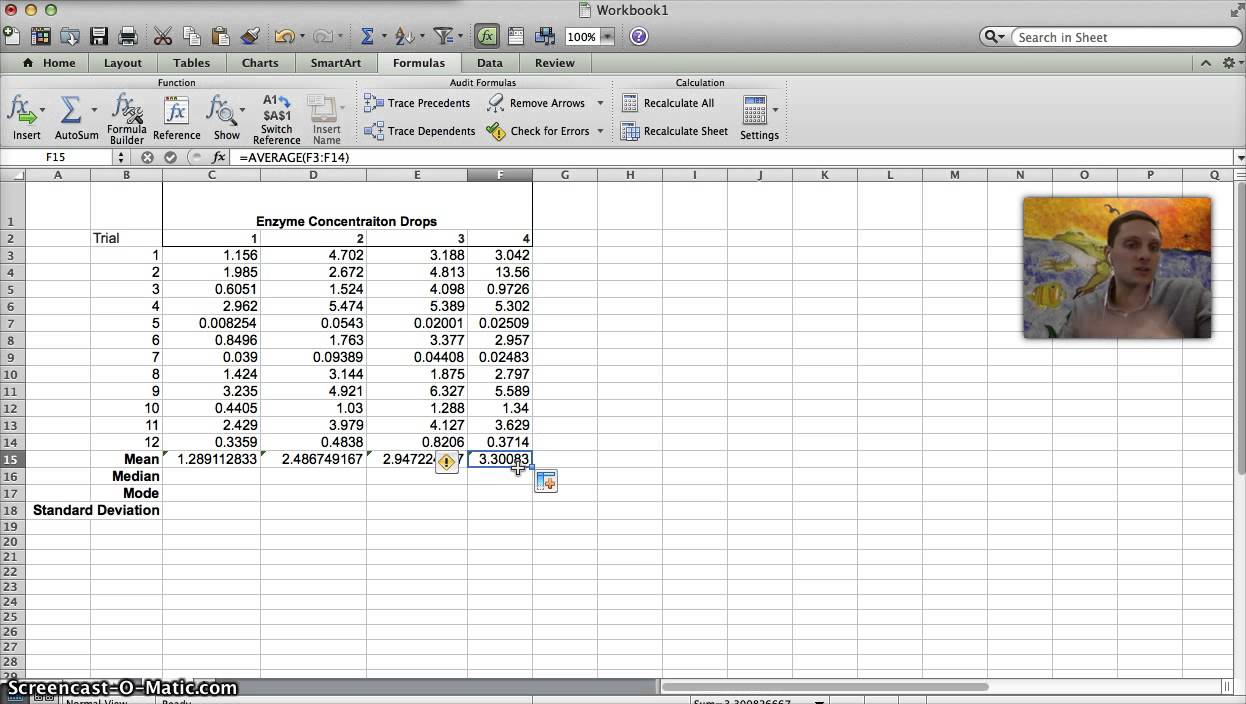Smart Ways to Find the Determinant of a Matrix in 2025

Apply Now


Smart Ways to Find the Determinant of a Matrix in 2025
The determinant of a matrix is a fundamental concept in linear algebra that is crucial for various applications across mathematics, physics, and engineering. Understanding how to calculate the determinant and its properties can enhance our grasp of linear transformations, eigenvalues, and matrix operations, all of which are vital for solving linear equations and optimizing complex systems. This article will guide you through smart ways to find the determinant of matrices, from basic to advanced techniques, helping you develop a deeper understanding of this essential mathematical tool. In this article, we will explore several methods for calculating determinants, including the determinant formula, properties of determinants, and practical applications in real life. We’ll provide valuable examples, such as calculating the determinant of 2x2 and 3x3 matrices, and highlight their significance in areas such as computer graphics, data analysis, and machine learning. By the end of this article, you'll be equipped with the knowledge to find determinants and apply them successfully in various contexts. Key takeaways from this article include: - Understanding the determinant formula. - Learning different methods for calculating determinants. - Exploring real-world applications of determinants.Understanding the Determinant Formula and Its Properties
To compute the determinant of a matrix, one must first grasp the determinant formula and its properties. The determinant is a scalar value that can be computed from a square matrix. It can be helpful in solving linear equations, analyzing matrix transformations, and determining the uniqueness of solutions. The determinant of a 2x2 matrix, given by: \[ \text{det}(A) = ad - bc \] is straightforward, where \( A = \begin{pmatrix} a & b \\ c & d \end{pmatrix} \). For larger matrices, like a 3x3 matrix, the formula becomes more complex but can be understood through cofactor expansion or row reduction methods. This naturally leads us to explore the properties of determinants. Key properties include: 1. **Linear Independence**: A non-zero determinant indicates that the matrix columns (or rows) are linearly independent. 2. **Effect of Row Operations**: Swapping two rows multiplies the determinant by -1, multiplying a row by a scalar scales the determinant by that scalar, and adding a multiple of one row to another does not change the determinant. 3. **Determinant and Inverses**: A matrix is invertible if and only if its determinant is non-zero. These properties lay the foundation for understanding more complex concepts like determinants in block matrices, which we will explore in the next section.Calculating Determinants: Step-by-Step Methods
After establishing the formula and understanding the properties, the next step is to break down the various methods for calculating determinants. One common method is the cofactor expansion, which allows us to compute the determinant of larger matrices based on smaller ones. For instance, to calculate the determinant of a 3x3 matrix \( A = \begin{pmatrix} a & b & c \\ d & e & f \\ g & h & i \end{pmatrix} \): \[ \text{det}(A) = a \cdot \text{det}\begin{pmatrix} e & f \\ h & i \end{pmatrix} - b \cdot \text{det}\begin{pmatrix} d & f \\ g & i \end{pmatrix} + c \cdot \text{det}\begin{pmatrix} d & e \\ g & h \end{pmatrix} \] Each of these 2x2 determinants can be calculated easily using the formula mentioned previously. Additionally, row reduction is a powerful technique that simplifies the matrix into an upper triangular form, making it easy to compute the determinant as the product of the diagonal entries. This approach is particularly effective when dealing with larger matrices or those that might have complex entries. Computational methods such as the Laplace expansion also provide a systematic way of finding determinants while emphasizing recursive strategies. By applying these methods step by step, one can manage even higher-order matrices effectively.Real-World Applications of Determinants
The applications of determinants extend far beyond theoretical mathematics. In practical scenarios, determinants play a pivotal role across various fields. For instance, in computer graphics, determinants are crucial for transformations and scene modeling. They help in understanding scaling, rotation, and reflection operations, contributing to the rendering of complex visual effects. Determinants are also fundamental in calculating areas and volumes in geometry: the area of a parallelogram can be expressed as the absolute value of the determinant formed by its defining vectors. In engineering, determinants are extensively used to analyze system responses and stability through control theory. They can also identify singularities in systems of equations, providing insights into system behaviors under different conditions. Understanding the significance of determinants in engineering applications can aid in optimizing designs and predicting system performance. Moreover, in the realm of data analysis and machine learning, determinants are utilized in assessing multivariate data structures and performing transformations, enhancing the accuracy of predictive modeling.Exploring Determinants in Linear Algebra
Determinants serve as a cornerstone in linear algebra, essential for solving eigenvalue problems and understanding vector spaces. The significance of determinants stretches into areas such as dynamic systems and networking. When analyzing eigenvalues and eigenvectors, the characteristic polynomial—a determinant of a matrix representing a linear transformation—provides key insights into the behavior of the system. Finding these determinants allows for a deeper understanding of stability and dynamics within various systems. Connecting determinants with concepts like linear independence, we see that a non-zero determinant indicates a full rank matrix, confirming the presence of unique solutions to linear equations. This aspect is particularly valuable when solving systems of equations through matrix methods. The geometric interpretation of determinants offers another layer of understanding. Determinants can represent the scaling factor of transformation on volumes and areas, illustrating how transformations affect geometric shapes in space.Cofactors and Determinants: A Deeper Dive
Diving deeper into cofactors and their relation to determinants, it’s crucial to understand how they contribute to the determinant calculation. Cofactors are associated with specific entries in the matrix, calculated as: \[ C_{ij} = (-1)^{i+j} \cdot \text{det}(M_{ij}) \] where \( M_{ij} \) is the submatrix formed by deleting the \( i \)-th row and \( j \)-th column. This concept is foundational when performing Laplace expansion and revealing deeper properties of matrices, such as symmetry and skew-symmetry. Cofactor matrices can also be used in deriving the adjugate matrix, promoting the connection between determinants and matrix inverses. In practice, applying this technique requires patience and attention to detail, as mistakes in sign or matrix selection can lead to incorrect results. Nevertheless, mastering cofactors enhances comprehension of determinants, reinforcing critical thinking and analytical skills necessary in higher mathematics.Conclusion: Mastering Determinants for Future Applications
In conclusion, mastering how to calculate the determinant of a matrix empowers individuals across various fields to tackle complex mathematical problems with confidence. From linear algebra to practical applications in engineering and data analysis, understanding determinants, their properties, and calculation methods is crucial. As we move into 2025, the exploration of determinants will continue to evolve, integrating with new technologies and mathematical theories. Embracing these concepts not only aids in academic pursuits but fosters problem-solving skills applicable in real-world situations. Emphasizing a robust grasp of the determinant principles and their applications helps bridge theoretical knowledge with practical execution, ensuring readiness for future challenges in mathematics and its related disciplines.
